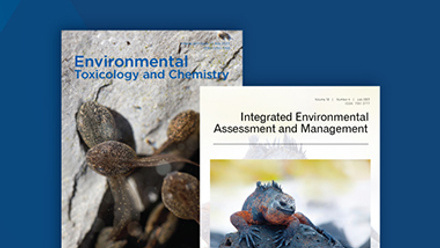Come Find Out That Endangered Species Are in Your Backyard
Annie Krueger, Compliance Services International; Michelle Blickley, Corteva Agriscience; and Bernalyn McGaughey, Compliance Services International
Recently, the pesticide regulatory risk assessment paradigm for threatened and endangered (i.e., listed) species has been rapidly evolving. The Endangered Species Act (ESA) has, since its inception, intersected with the Federal Insecticide, Fungicide, and Rodenticide Act (FIFRA). However, in recent years, the U.S. Environmental Protection Agency (USEPA) has been revisiting how both FIFRA and ESA risk assessments are conducted as well as how potential risks to both non-listed and listed species will be managed.
There are more than 1,700 listed species in the U.S. including plants, mollusks, crustaceans, insects and numerous vertebrates. There are 84 listed terrestrial insects and greater than 400 listed insect-pollinated plants. Endangered species risk assessments require new tools (models and methodologies) and new ways of thinking to assess potential risk from pesticides. How does the current pollinator risk assessment apply to these species? How can we use bioinformatics to help extrapolate across listed species? Where can we leverage effects and/or exposure data generated from species outside the FIFRA risk assessment process?
During the SETAC North America 44th Annual Meeting, which will be held from 12–16 November in Louisville, Kentucky, interested participants can join the conversation and learn more about endangered species pesticide risk assessment in the session titled “Surrogacy in Endangered Species Pesticide Risk Assessment: Strategies for Testing and Conceptual Applications,” with oral talks scheduled for Tuesday morning, and the accompanying posters can be viewed on Tuesday all day. The conversation continues as it moves towards implementing ESA risk assessments on pesticide labels Tuesday afternoon in “New Developments in Pesticide Labeling and Risk Mitigation.” Following the Tuesday afternoon session, participants can hear more about listed plants and the current risk assessment approaches in the Plant Interest Group meeting Tuesday evening. And stay tuned in to the SETAC program schedule for the meeting time of the new Endangered Species in Managed Landscapes Interest Group, where they will discuss their mission and scope of work!
Author's contact: [email protected]






